Art in Review by Holland Cotter
Alex Grey's art, with its New Age symbolism and medical-illustration finesse, might be described as psychedelic realism, a kind of clinical approach to cosmic consciousness. In it, the human figure is rendered transparently with X-ray or CAT-scan eyes, the way Aldous Huxley saw a leaf when he was on mescaline. Every bone, organ and vein is detailed in refulgent color; objects and space are knitted together in dense, decorative linear webs.
It makes sense that Mr. Grey's images have been appropriated by a counterculture audience: they show up on promotional posters for rave events and on paper used for blotter-style L.S.D. Nor is it surprising that his paintings and sculptures look right at home at Tibet House, where contemporary versions of Buddhist tankas often hang, and at Feature, where alternative sensibilities in contemporary art are known to find a home.
In some of the pictures at Tibet House, hallucinogenic images of basic human functions -- birth, sex, death -- look wholesome, even bland; it's as if Norman Rockwell were collaborating with Hilma af Klint. Other paintings seem to have been conceived as altarpiece-style meditational devices. The most arresting of them, at Feature, is encased in an extravagantly wrought gilded frame crowned by a big staring face with a light-up third eye.
This piece, like the others, might easily be dismissed as Orientalist fantasy, but Mr. Grey says it faithfully transcribes a vision he had, first in a dream and then on psychoactive drugs. Is his ''contemporary sacred art'' any less inventive or more conservative than most of the figurative painting around today? Earnestness and a certain clunky pictorial literalism set his work decisively apart, but those are also qualities that make it so transcendently zany.
Tibet House 22 West 15th Street, Flatiron district
